Taking us from the end of the millennium through late 2018, “17 Blocks” refers to the distance between the home of the film’s main family, the Sanfords, and the U.S. Capitol. Much has been made in journalism, history, and American cinema/television of the proximity between the seat of American federal power and the mostly black, working-class-to-poor neighborhoods that have predominated in the city of Washington, D.C. (at least until recently, when gentrification started ramping up the white population and pricing Black people out—something that would happen to the Sanfords, too). But it’s hard to think of another nonfiction feature that depicts the contrasts and ironies as plainly as this one. “17 Blocks” focuses on a mother, her children, and her grandchildren. All are affected, directly or indirectly, by drug abuse (within the family and in the community at large) as well as by the gun violence that is never far from areas (of any demographic) where street-level dealing occurs.
The story begins in the mid-aughts, with the family matriarch, Cheryl Sanford, visiting the house that belonged to her father, and where she raised three children: her eldest Emmanuel, her middle child “Smurf,” and their sister younger sister Denise. It’s immediately apparent from Cheryl’s speech patterns, body language, and facial discolorations that she’s a drug addict (we later learn that her drug of choice is cocaine, though it’s not the only substance she abuses), and the earliest flashbacks (circa 1999) reveal that she’s been dealing with addiction her entire adult life. She blames herself for Smurf’s drug use as well as his decision to drop out of high school at 15 and start dealing. There’s a lot of self-blame and self-flagellation in this story, all of which was accumulated sincerely and in great distress but none of which ultimately means much in the face of the addiction and its collateral damage continuing over the course of decades.
The documentary’s introductory scene and subsequent, flash-forward-type allusions prepare you for the fact that something horrible is going to happen to the Sanfords. When it does happen, it’s even worse than what you anticipated. A brief sequence of a family member cleaning up bloodstains—literally a mess they’ve been stuck with—is one of the most upsetting examples of life handing somebody a metaphor that you’ll ever see.
That’s all storytelling, of course; a magic trick done with images and sound. We know that in real life, people have addiction problems; that it continues over the generations, addiction being a genetic predisposition, not just an indicator of moral weakness or bad upbringing; that sometimes tragedy visits people’s homes randomly, shockingly, without warning; and that just because all these bad things happened to one family, it doesn’t mean it was all somehow inescapable or “foretold,” much less that the family “deserved” it or “reaped what they sowed,” or that survivors can’t will a new path if they push hard enough and catch a few breaks (which does happen for the Sanfords eventually, thank goodness, although it’s a long road).
You can view the original article HERE.


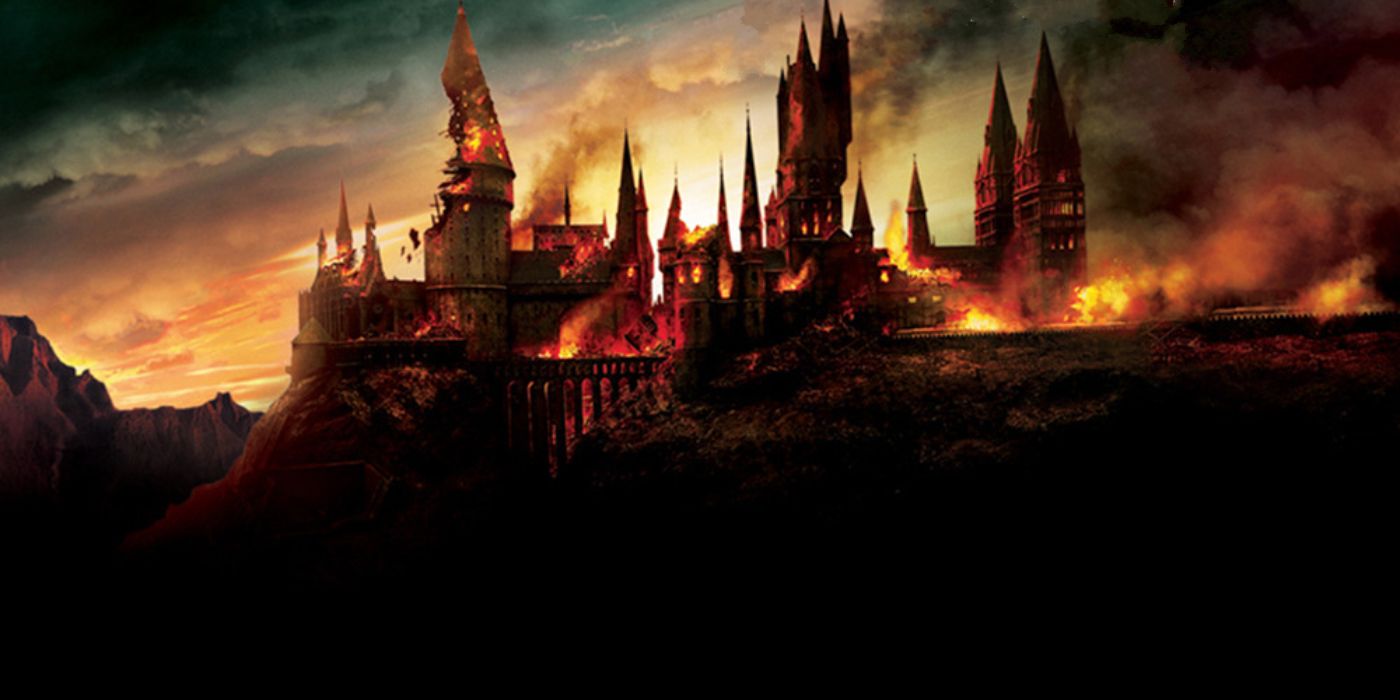








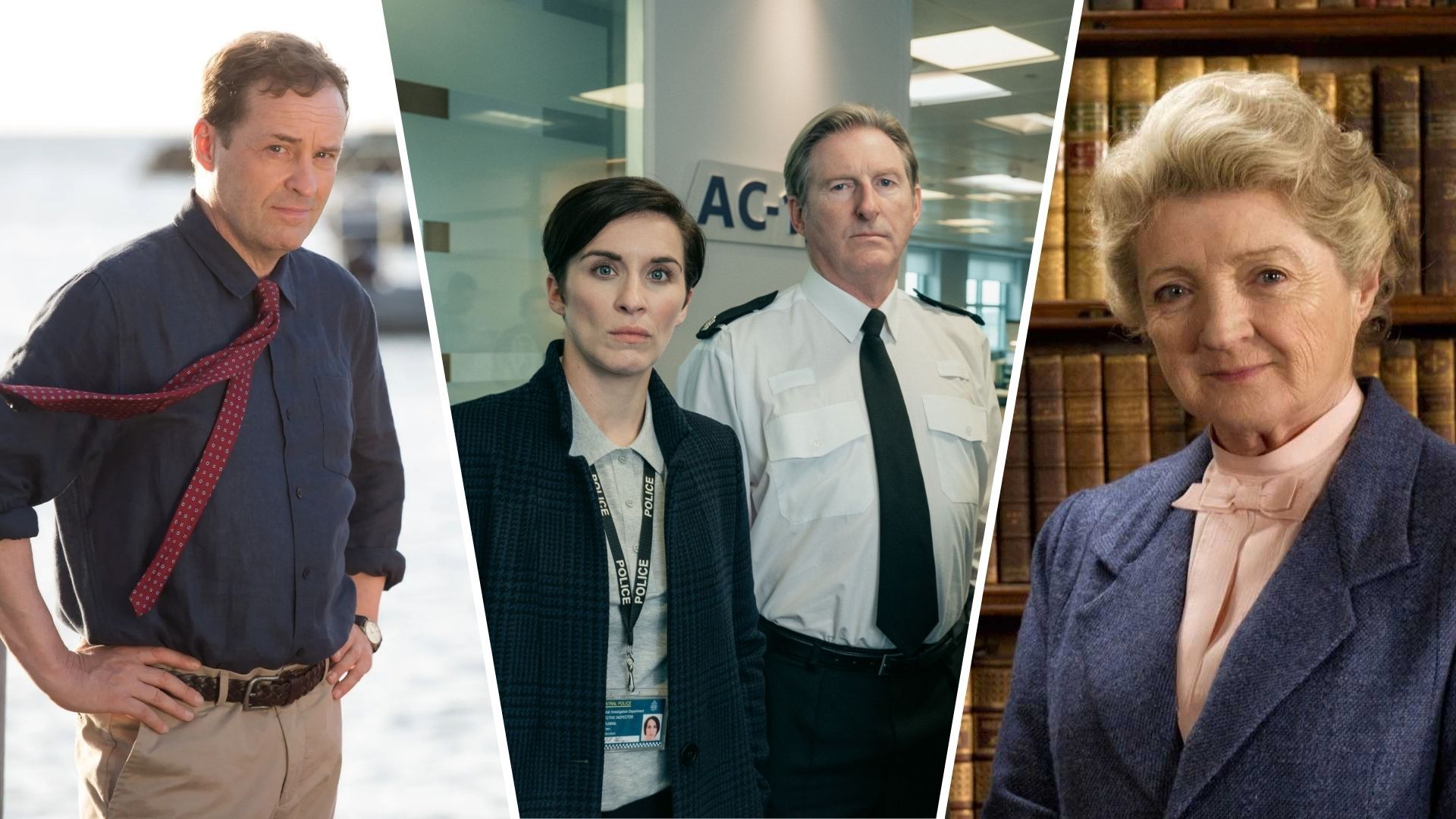
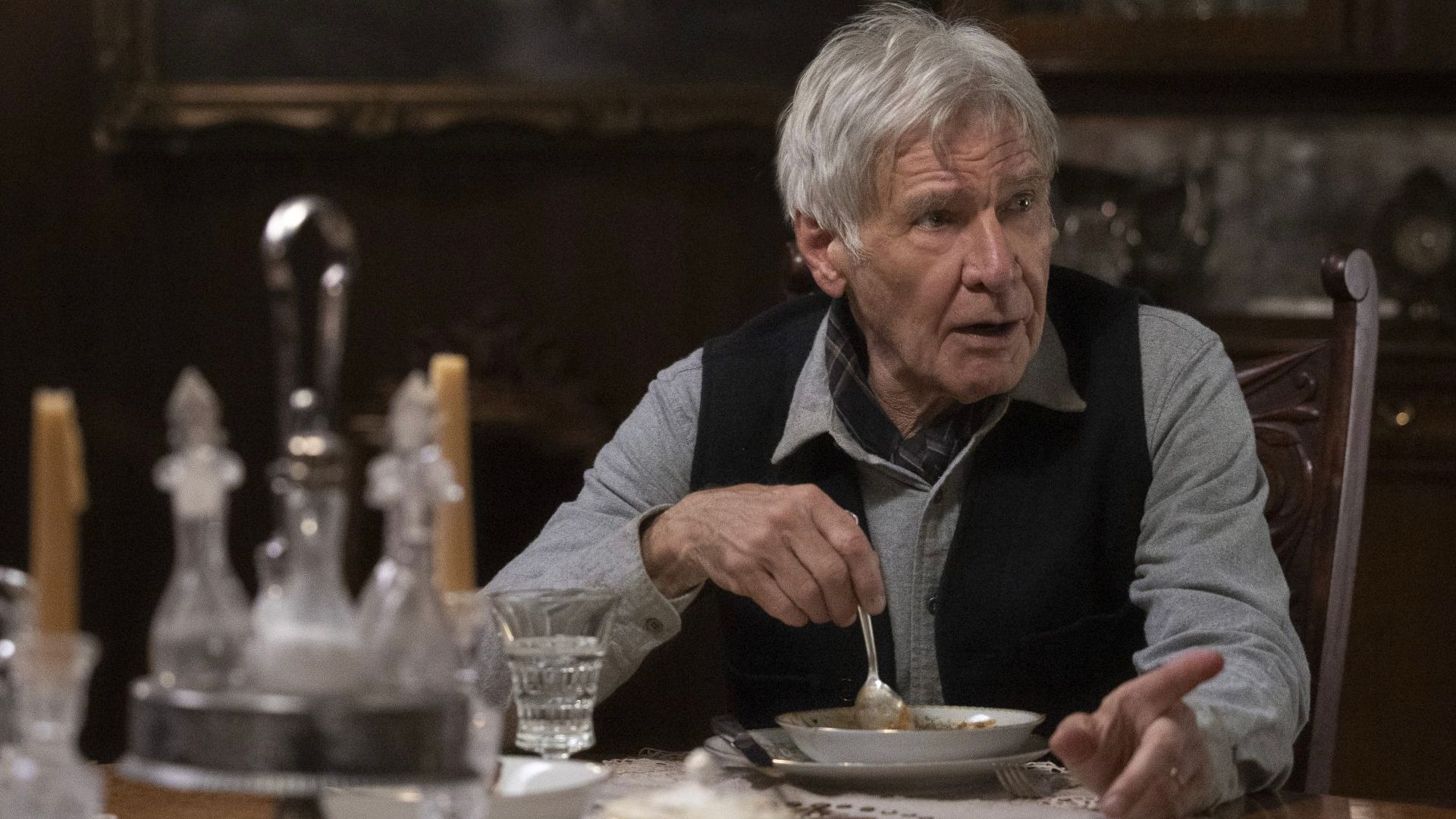






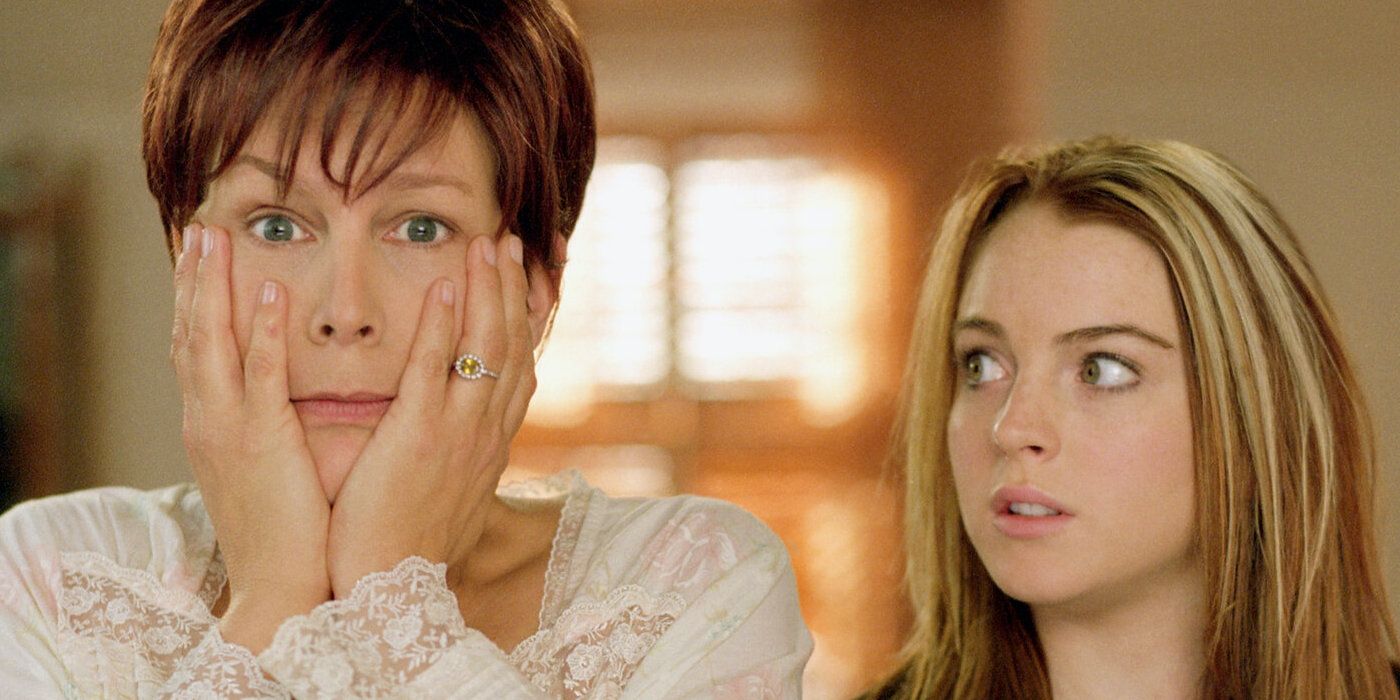








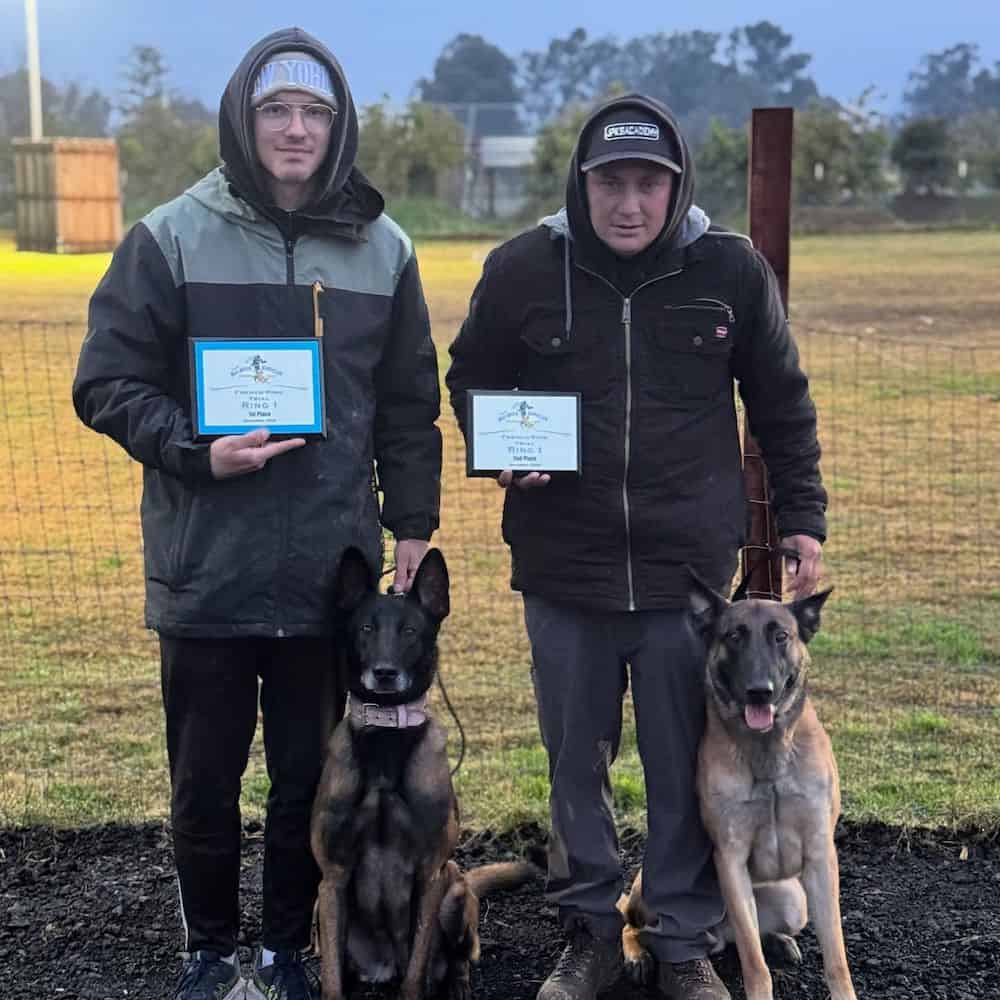

:quality(85):upscale()/2025/03/28/775/n/1922564/22119f9d67e6de01304208.95605728_.png)